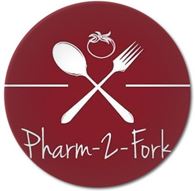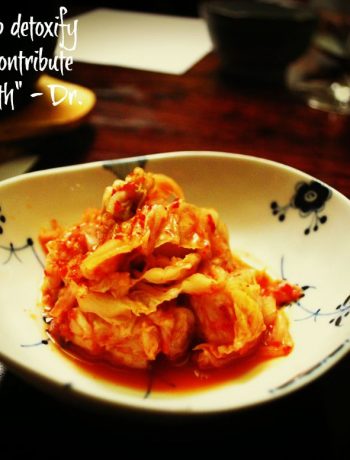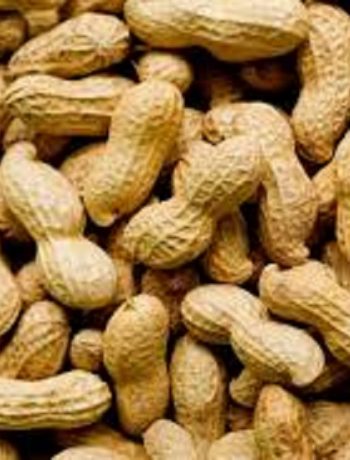
Almonds have been enjoyed as far back in time as early civilizations. Found in King Tut’s grave, its origins have been traced back to the middle east where wild varieties of almonds grow. Our domesticated almonds are sweeter, and conveniently don’t contain cyanide as wild almonds do.
As a child, I remember tasting almonds for the first time, because they were candy almonds, or Jordan almonds, coated in a fine sweet confectioners sugar shell. It was like eating an overgrown M&M… delicious indeed! Almonds are a health practitioners favorite food because they contain the MUFA cholesterol, or monounsaturated fatty acids. MUFA’s contain the healthy cholesterol that help prevent heart disease. Almonds contain vitamins and minerals while also providing a good source of protein.
They help to lower glycemic index for pre diabetics and diabetics, meaning they assist in keeping blood sugars from spiking. Almonds are also used in many modern weight loss programs, their high protein and fiber content, helps keep us feeling full, while providing healthy nutrients.
The Dark Side of Almonds
Up until 2007, you did not have to worry about engine fuel doused on your almonds. However, since that time, the USDA has required all almonds be pasteurized, which in the almond industry means gassed with engine fuel (propylene glycol). The other alternative to gassing for some almond suppliers, is high heating their almonds as a pasteurization process.
This process kills most of the nutrients, so you essentially end up eating a dead almond. That means that the Jordan almonds I was eating as a kids, were nutritious, tasty, chock full of nutrients and engine fuel free… Yippy! Today however, modern day almonds, are a different food entity altogether. So if you are eating almonds for their health benefits, you probably want to know how to avoid the engine fueled, high heated pasteurized almonds?
Afterall, there’s no sense in eating a health food doused in a carcinogen. It would be akin to eating Snow White’s poisoned apple, full of fiber and vitamin C, and a touch of poison. That takes the fun out of it for me! Buying from small family farms, at your local farmers market, may be where you can find unpasteurized almonds.
But remember, ‘raw’ does not equal ‘unpasteurized’. Holly recently learned how to make homemade almond milk. You won’t believe how easy it is! The hardest part, is finding the raw and unpasteurized almonds. Here is a local grower that we support 100%.
http://www.organicalmondsraw.com
And see how Holly makes homemade almond milk here…
https://pharm2fork.com/almond-milk/To Almond or not to Almond





No Comments